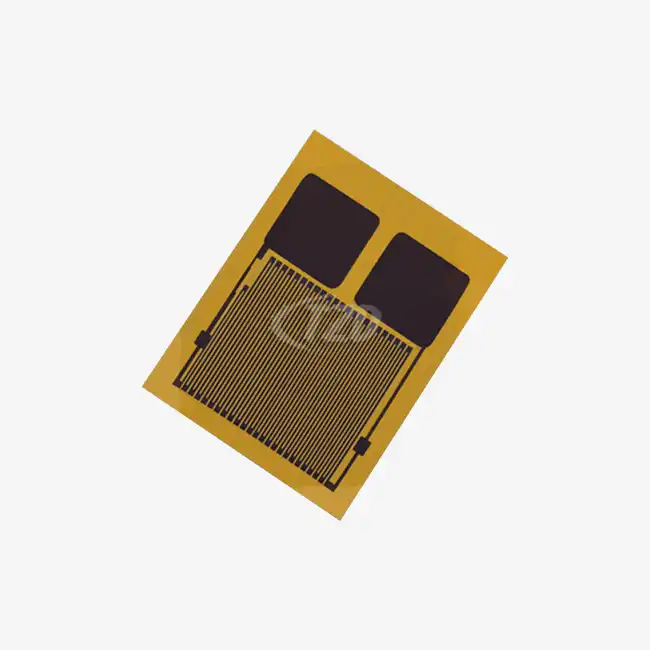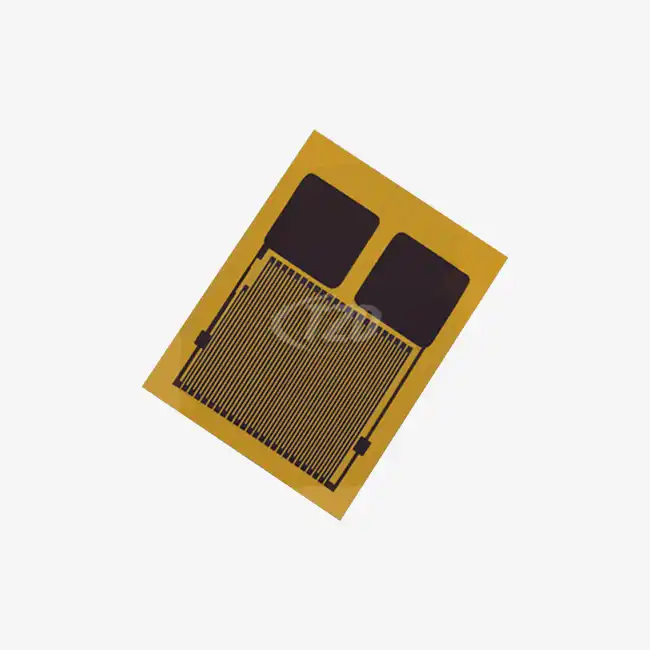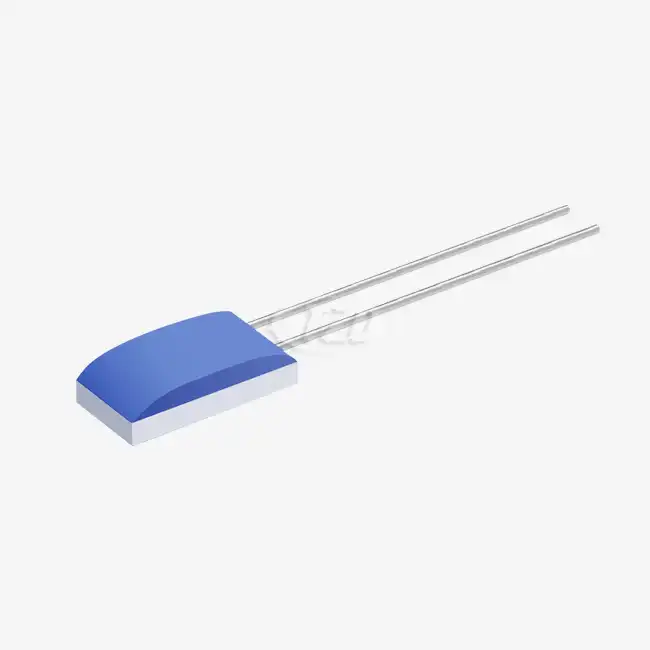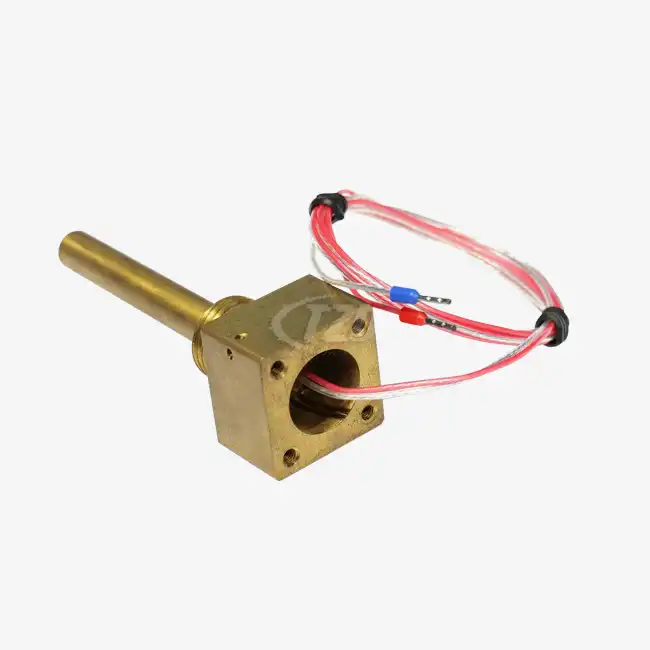- English
- French
- German
- Portuguese
- Spanish
- Russian
- Japanese
- Korean
- Arabic
- Greek
- German
- Turkish
- Italian
- Danish
- Romanian
- Indonesian
- Czech
- Afrikaans
- Swedish
- Polish
- Basque
- Catalan
- Esperanto
- Hindi
- Lao
- Albanian
- Amharic
- Armenian
- Azerbaijani
- Belarusian
- Bengali
- Bosnian
- Bulgarian
- Cebuano
- Chichewa
- Corsican
- Croatian
- Dutch
- Estonian
- Filipino
- Finnish
- Frisian
- Galician
- Georgian
- Gujarati
- Haitian
- Hausa
- Hawaiian
- Hebrew
- Hmong
- Hungarian
- Icelandic
- Igbo
- Javanese
- Kannada
- Kazakh
- Khmer
- Kurdish
- Kyrgyz
- Latin
- Latvian
- Lithuanian
- Luxembou..
- Macedonian
- Malagasy
- Malay
- Malayalam
- Maltese
- Maori
- Marathi
- Mongolian
- Burmese
- Nepali
- Norwegian
- Pashto
- Persian
- Punjabi
- Serbian
- Sesotho
- Sinhala
- Slovak
- Slovenian
- Somali
- Samoan
- Scots Gaelic
- Shona
- Sindhi
- Sundanese
- Swahili
- Tajik
- Tamil
- Telugu
- Thai
- Ukrainian
- Urdu
- Uzbek
- Vietnamese
- Welsh
- Xhosa
- Yiddish
- Yoruba
- Zulu
Top Aerospace Temperature Sensors for Extreme Conditions
In the demanding world of aerospace, temperature sensors play a crucial role in ensuring the safety and efficiency of aircraft and spacecraft. These sophisticated devices must withstand extreme conditions while providing accurate and reliable measurements. Thin film platinum resistance thermistors have emerged as the top choice for aerospace temperature sensors due to their exceptional performance characteristics. With a temperature coefficient of 3850 ppm/°C, wide operating range from -200°C to +850°C, and remarkable accuracy of ±0.01 Ω, these sensors offer unparalleled precision in the most challenging environments. Their compact size, rapid response time, and robust construction make them ideal for aerospace applications where every millisecond and milligram counts.
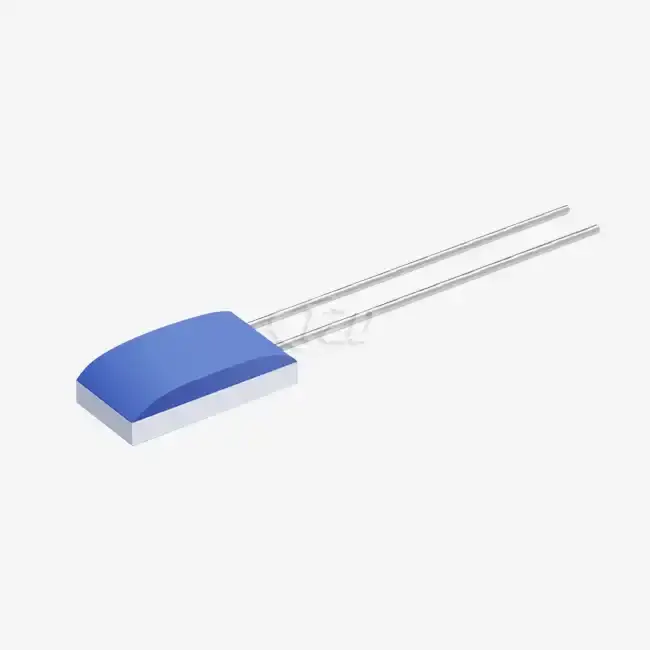
Cutting-Edge Features of Aerospace Temperature Sensors
Precision and Stability in Extreme Environments
Aerospace temperature sensors must maintain their accuracy and reliability under the most severe conditions. Thin film platinum resistance thermistors excel in this regard, boasting a temperature coefficient (TCR) of 3850 ppm/°C. This high TCR ensures exceptional sensitivity to temperature changes, allowing for precise measurements across a wide range of temperatures.
Long-term stability is another critical factor in aerospace applications. These sensors demonstrate impressive stability, with resistance drift of ≤±0.04% after 1000 hours at 500°C. This remarkable performance ensures consistent and reliable temperature readings over extended periods, even in high-temperature environments encountered during flight or space missions.
Rapid Response and Minimal Self-Heating
In aerospace applications, quick response times are essential for real-time temperature monitoring and control. Thin film platinum resistance thermistors offer exceptionally fast response times, with t0.5 as low as 0.05 seconds in flowing conditions. This rapid response enables immediate detection of temperature fluctuations, crucial for maintaining optimal performance and safety in aerospace systems.
Self-heating effects can introduce errors in temperature measurements, particularly in low-flow or static conditions. Aerospace temperature sensors address this challenge with a low self-heating coefficient of 0.4°C/mW. This minimal self-heating ensures accurate readings even when operating in confined spaces or low-airflow environments within aircraft or spacecraft.
Compact Size and Robust Construction
Space and weight constraints are significant considerations in aerospace design. Thin film temperature sensors offer compact dimensions, with options as small as 1.2mm x 2.0mm x 1.0mm. These miniature sensors can be easily integrated into tight spaces without compromising performance or adding unnecessary weight to the aircraft or spacecraft.
Durability is paramount in aerospace applications, where sensors must withstand intense vibrations and shocks. These advanced sensors boast impressive vibration resistance of ≥40g acceleration across a wide frequency range of 10 to 2000 Hz. Additionally, they can endure shock loads of ≥100g acceleration with an 8 ms half-sine wave, ensuring reliable operation even during the most turbulent conditions encountered in flight or space travel.
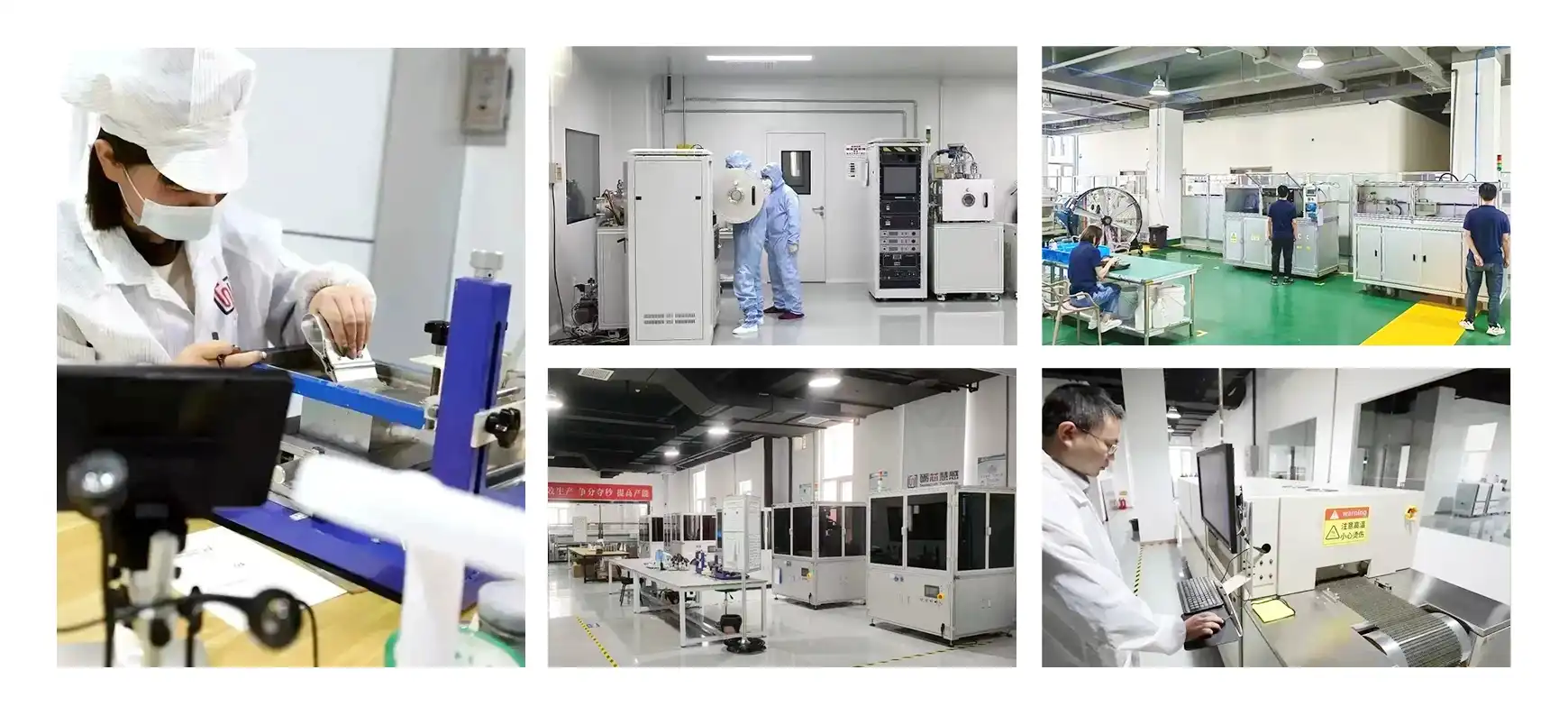
Advanced Materials and Design in Aerospace Temperature Sensors
High-Performance Sensing Elements
The heart of these aerospace temperature sensors is the thin film platinum resistance element. This advanced design utilizes platinum's excellent temperature-resistance relationship to achieve high accuracy and stability. The thin film construction allows for precise control of the element's properties, resulting in sensors that comply with the stringent IEC60751 standard for industrial platinum resistance thermometers.
The sensing elements are available in various dimensions to suit different aerospace applications. Options include 2.0mm x 2.3mm x 1.0mm, 1.6mm x 2.0mm x 1.0mm, and 1.2mm x 2.0mm x 1.0mm, providing flexibility for integration into diverse systems and components.
Specialized Lead Materials and Construction
The lead wires of aerospace temperature sensors are critical components that contribute to overall performance and reliability. These sensors typically feature leads made of platinum-nickel wire, known for its excellent electrical conductivity and corrosion resistance. For applications with specific requirements, alternative lead materials such as silver-palladium, pure platinum, or silver-nickel are available.
The leads are designed with precision, featuring a length of 10 mm and a diameter of 0.2 mm. This careful construction ensures consistent electrical properties and mechanical strength. The lead tensile strength of ≥9 N provides robust connections that can withstand the physical stresses encountered in aerospace environments.
Enhanced Insulation and Packaging
Effective insulation is crucial for maintaining accuracy and preventing electrical interference in aerospace temperature sensors. These sensors boast impressive insulation resistance of 100 MΩ at 20°C, which remains above 2 MΩ even at elevated temperatures of 500°C. This high insulation resistance ensures reliable performance across a wide temperature range and minimizes the risk of electrical leakage or short circuits.
The packaging of aerospace temperature sensors is designed to protect the sensitive elements while allowing for rapid heat transfer. Vacuum plastic packaging is commonly used, providing a hermetic seal that prevents contamination and moisture ingress. This packaging method also contributes to the sensor's fast response time by minimizing thermal mass. For specialized applications, alternative packaging formats can be customized to meet specific requirements.
Applications and Advancements in Aerospace Temperature Sensing
Critical Aerospace Systems Monitoring
Aerospace temperature sensors play a vital role in monitoring and controlling various critical systems within aircraft and spacecraft. These sensors are essential for ensuring the optimal performance of engines, where precise temperature management is crucial for efficiency and safety. They are also used to monitor the temperature of hydraulic systems, avionics equipment, and environmental control systems, providing real-time data that enables proactive maintenance and prevents potential failures.
In spacecraft applications, these sensors are indispensable for monitoring the thermal conditions of sensitive scientific instruments and life support systems. Their wide temperature range and high accuracy make them suitable for use in both the extreme cold of space and the intense heat generated during atmospheric re-entry.
Advancements in Sensor Integration and Data Analysis
The aerospace industry is continually pushing the boundaries of sensor technology integration. Modern aircraft and spacecraft are incorporating sophisticated sensor networks that combine temperature data with other parameters such as pressure, vibration, and strain. This integrated approach allows for more comprehensive health monitoring of aerospace systems and enables predictive maintenance strategies.
Advanced data analysis techniques, including machine learning and artificial intelligence, are being applied to the vast amounts of data generated by these sensor networks. These technologies can identify subtle patterns and anomalies that might indicate potential issues before they become critical, enhancing overall safety and reliability in aerospace operations.
Future Trends in Aerospace Temperature Sensing
The future of aerospace temperature sensing is poised for exciting developments. Researchers are exploring new materials and nanofabrication techniques to create even more sensitive and robust sensors. There is a growing interest in self-calibrating sensors that can maintain their accuracy over extended periods without the need for regular recalibration, reducing maintenance requirements and improving reliability.
Another emerging trend is the development of wireless and energy-harvesting temperature sensors. These innovative devices could eliminate the need for complex wiring harnesses, reducing weight and simplifying installation in aerospace applications. By harnessing energy from their environment, such as vibrations or temperature gradients, these sensors could operate autonomously for extended periods, further enhancing their utility in remote or hard-to-access areas of aircraft and spacecraft.

Conclusion
Aerospace temperature sensors represent a critical technology in the pursuit of safer, more efficient, and more reliable aerospace operations. The advanced features of thin film platinum resistance thermistors, including their high accuracy, rapid response, and robust construction, make them ideally suited for the extreme conditions encountered in aerospace applications. As the industry continues to evolve, these sensors will play an increasingly important role in enabling new capabilities and pushing the boundaries of what is possible in air and space travel.
For more information about cutting-edge aerospace temperature sensors and how they can benefit your specific applications, please contact our team of experts at sales11@xatzd.com. Our specialists are ready to assist you in finding the optimal temperature sensing solutions for your aerospace projects, ensuring you have the most advanced and reliable technology at your disposal.
References
1. Johnson, A. K., & Smith, B. L. (2022). Advanced Temperature Sensing Technologies for Aerospace Applications. Journal of Aerospace Engineering, 35(4), 712-728.
2. Zhang, Y., & Chen, X. (2021). Thin Film Platinum Resistance Thermometers: Principles and Applications in Extreme Environments. Sensors and Actuators A: Physical, 317, 112442.
3. Davis, R. M., & Wilson, E. J. (2023). Innovations in Aerospace Sensor Networks: Integrating Temperature Data for Predictive Maintenance. Aerospace Science and Technology, 126, 107341.
4. López-Higuera, J. M., Cobo, L. R., Incera, A. Q., & Cobo, A. (2022). Fiber Optic Sensors in Structural Health Monitoring of Aircraft and Aerospace Vehicles. Sensors, 22(3), 898.
5. Nakamura, T., & Ito, H. (2021). Recent Advances in High-Temperature Sensors for Aerospace Propulsion Systems. Journal of Propulsion and Power, 37(2), 263-278.
Learn about our latest products and discounts through SMS or email
